Backpacks are a special kind of bag that offer benefits that others just can’t. These bags can help you store a large number of possessions, keep your arms and hands-free while you wear it, and are comfortable and supportive of the human body. It’s no wonder then that they’re such a popular choice of bag for men and women of all ages and used in so many different settings.
The backpack is quite a simple accessory with one large bag that attaches to the body with shoulder straps, being carried on your back just as the name implies. Although it sounds simple enough, there are many variations, features, and specifications that make the backpack the most versatile style of bag around.
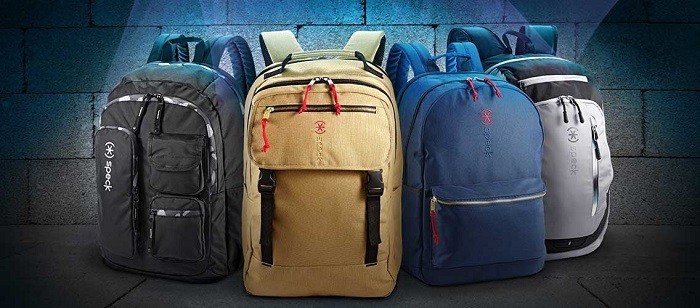
Although backpacks were traditionally used for hiking and camping, they’re now found in all areas of life and with many different uses. The majority of backpack owners do still use them for getting outdoors and being active, but the advancements that we’ve seen over the years mean they look and act very different to these early models.
This extensive guide to backpacks will answer any question you ever had about the practical and stylish accessory, and show you the many types of backpacks and their purposes.
With a better understanding of just what they can do, you’ll have more respect for that backpack sitting in your closet or be determined to get yourself one of the latest and greatest on the market.
Table of Contents
The Different Types Of Backpacks
When we think of backpacks, the first thing that comes to mind is usually a hiker or someone in the great outdoors carrying an oversized bag. Although this is a common use for the backpack, there are actually many different types available today so that you can find one specifically made for your needs.
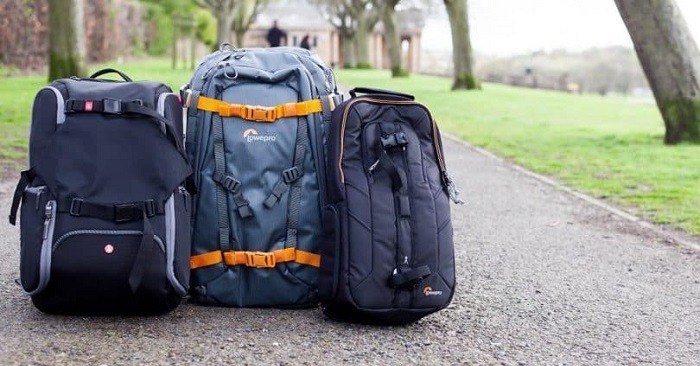
Backpacks are a staple for many people from the outdoors lover to the professional office worker, and there’s often a backpack to suit.
Hiking Backpack
These rugged backpacks have been made to withstand the conditions of the great outdoors, whether it’s freezing cold or pouring rain. A hiking backpack is usually larger than others because it has to carry so much gear, often enough for a camping trip as well.
The hiking backpack has many compartments to keep everything stored away for easy access and protection, but it also needs to be comfortable as it will be carried all day long.
Laptop Backpack
The laptop backpack is a hybrid of two different things: the laptop bag and the backpack. These feature a slot, pocket or compartment for your laptop to be stored in and usually have padding or protection keeping it safe from damage. These bags feature room for other items so they’re not just for laptops, and are used by professionals, students, and travelers.
Gym Backpack
A gym backpack is usually more lightweight and casual than other types because it holds softer items like towels and clothes. Gym backpacks can be found in breathable materials that are resistant to bacteria due to the sweaty nature of the garments inside. They might also be water resistant to protect against damp clothing or sweat.
Anti-Theft Backpack
This style of backpack can be used to describe any bag that has anti-theft features in place, designed to keep the belongings inside safe. One issue with wearing a backpack is that because of its placement you’re unable to see or feel someone opening it or tampering with it.
An anti-theft backpack uses things like locks, hidden zippers, secret pockets, and durable material that’s resistant to slashing in order to prevent theft.
Army Backpack
As the name suggests, these are military backpacks that have been designed for use by those in the armed forces. A military backpack might feature tactical gear like a quick release belt buckle, ski guides, and spaces for weaponry.
They are usually covered with a camouflage pattern and come in a variety of sizes and styles. Some people wear camo backpacks for leisure, made from a lighter canvas material.
Special Purpose Backpack
There is a range of backpacks designed for one specific purpose including travel backpacks or cyclist backpacks. They feature specific accessories and compartments to suit the owner and their activity and aren’t generally suitable for multipurpose use like a standard backpack is.
School Backpack
A school backpack comes in different shapes and sizes and might be suitable for young children to take to kindergarten through to adults studying at college. These are quite simple in design and may have space for a laptop, however, they are generally casual and lightweight when compared to other styles.
The Anatomy Of A Backpack
Backpacks can be quite simple in their design or come with many extra parts, so for the purpose of looking at the detailed anatomy we’re going to discuss a hiking backpack.
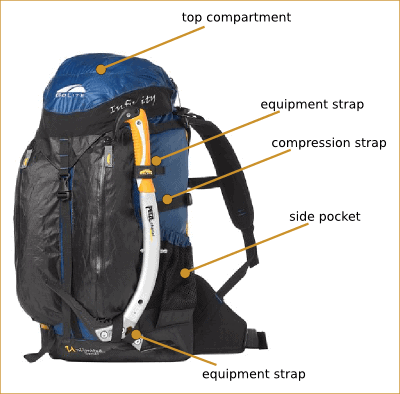
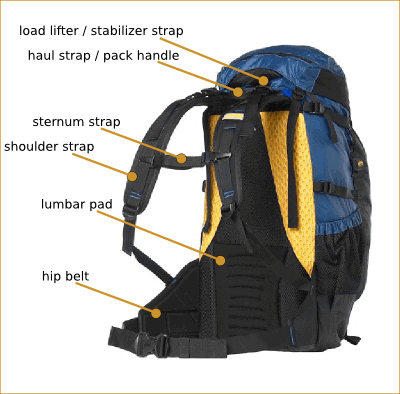
These are the parts you can expect to find on these backpacks and what purpose they serve the wearer.
Potential Issues With Backpacks
Although they’ve been proven to be extremely helpful, there are some concerns when wearing backpacks. Due to the heavy nature of some of them and incorrect design, many people find that after some time they have the potential to cause back, shoulder or neck injuries that may be short-term or permanent.
This is one reason why backpack manufacturers today are focusing on ergonomic features that prevent these problems from occurring and also make it more comfortable to carry the load of a backpack.
Those who wear these bags for longer periods, like hikers and campers, will especially be grateful for ergonomic designs and may find it even helps to lessen their fatigue while hiking.
In 2013, there was over 5,000 backpack-related injuries treated in the United States which is quite alarming to consider.
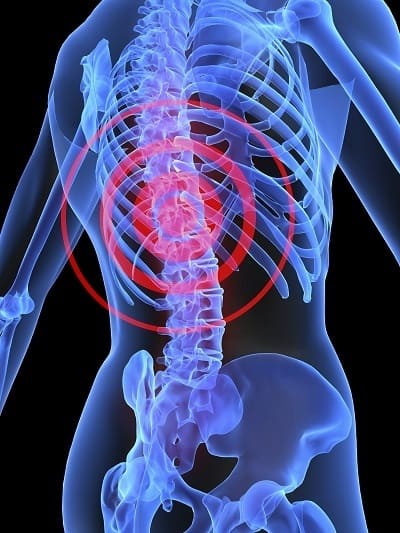
Wearing one of these handy accessories dosn’t really lead you to think of pain and injury, however, it’s certainly possible when you wear a backpack that doesn’t fit right, isn’t ergonomically designed, or has far too much of a weight load in it for your body.
As a rule, it’s recommended not to wear anything that weighs more than 25 percent of your body weight in a backpack, and this number dramatically decreases for younger people and those who might not be physically fit. These are just some of the long-term effects of carrying a heavy or poorly designed backpack:
The nature of the backpack leads it to pull back on our shoulders and affect our posture, so it’s a purchase that needs to be taken seriously. When you’re in the market for a new backpack, ensure that it has the right ergonomic features and has been designed with support and comfort in mind.
What Materials Are Used To Make Backpacks
The earliest examples of backpacks were made of cotton canvas, thanks to its lightweight feel but durable texture. Since then, we’ve seen many different materials being used to make our backpacks, with some more beneficial for specific purposes than others.
The Sizes And Shapes Of Backpacks
A backpack can be as simple as a rucksack or something more serious that you take on a week-long camping expedition, so the sizes and shapes they come in vary. For this reason, some like to have an array of backpacks to choose from and others have just one they rely on, so it all depends on the individual and the occasion.
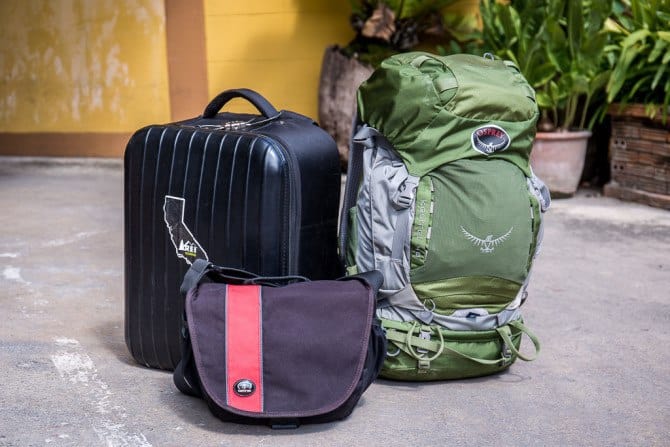
The size of a backpack is usually measured in terms of liters, starting from around 25L and ranging upwards of 75L. For those who spend a couple of weeks in the outdoors something around 55 liters is ideal, and you can move up or down in size depending on where you’re going and how much stuff you’ll need.
Backpack shapes are generally square or rectangular, with a few minor differences depending on their other features. Naturally, a rectangular backpack is the best shape for packing efficiently and storing other items like laptops and tablets in safely. However, the best way to choose the right one is to think about the gear you’re carrying and then shop accordingly.
See our ultimate guide to backpack sizes for an in-depth look how to choose the right size backpack for every occasion.
The Backpack Vs Briefcase And Suitcase Debate
Those who’ve never worn a backpack before might think their briefcase or suitcase can do a better job at holding their possessions, but they couldn’t be more wrong. Here are just a few ways that the backpack towers over the competition.
Wearing Your Backpack Safely
When you first purchase your backpack you probably don’t give much thought to wearing it correctly as the design of them seems simple enough. While it’s true that you just slip both hands through the straps and wear it on your back, there are some things you can do to ensure that it’s being worn safely.

Never sling your backpack over just one shoulder and carry it this way, even if you think you’re going to look cool doing so. This can do serious damage to your shoulders and spine because of the weight imbalance, even if you do it just once.
When you first put it on, spend some time to adjust the shoulder straps to the correct position. The backpack should be seated high on your back with the shoulder straps not too tight around your arms.
Aim for a stable load as you carry your backpack and if you notice that it’s moving or swaying from side to side as you walk you’ll need to redistribute the load. There are some backpacks that use compression straps to make this easier, otherwise, you can learn how to pack a backpack efficiently.
Utilize any additional straps that your backpack comes with like sternum straps or lumbar straps. These have been designed to keep the bag in place and give your body the most supported position when carrying a heavy load.
Children should carry no more than 10 percent of their body weight in a backpack, and for fit adults, this goes up to about 25 percent. Never carry anything that feels strenuous or uncomfortable otherwise it could do serious damage.
Taking Care Of Your Backpack
No matter what you spend on your dream backpack, it’s not an item that you want to be replacing any time soon.
Our backpacks get quite a bit of use and some of them even accompany us into the great outdoors, so you need to take care of them to help them last. Not only is it important to clean and maintain them, but be careful in general when wearing them to prevent premature damage occurring.
When placing anything damp or wet in the backpack, it’s always best to keep it covered with another waterproof material first. Even the stronger materials like nylon can be easily damaged by water or a build-up of mildew and mold, so avoid leaving wet stuff inside. If they do happen to get wet, simply hang it out to air dry and keep it out of the sunlight until it’s done.
After some time, you might want to wash your backpack to get it clean and smelling fresh again. You should never place a backpack in the washing machine regardless of what its instructions might say. The best approach is to gently hand wash with a mild detergent and give it adequate time to dry before using again.
Some might be quick to discard a backpack if it gets a small tear or hole, but most of the time these problems are easily patched up. A sewing kit can be all you need to repair your backpack, and many hikers and campers even have one ready to take with them should such an emergency arise.
With some backpacks costing upwards of $100, it’s nothing a purchase you want to just get rid of when a problem occurs.
Finding The Perfect Backpack For You
As you can see, the backpack is the most versatile of all bags ever made, and as such, it can be a process finding the right one for you. Whether you’re looking for something with a special purpose or just want a multipurpose bag that can take you from day to night, there are so many great options out there.
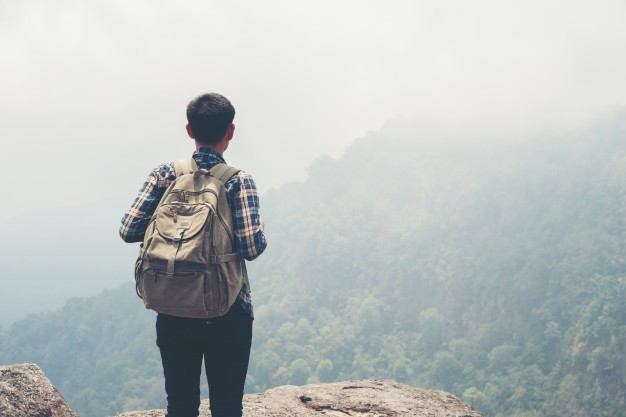
Finding the right backpack can be a challenge for some though, and especially with all of the new features, materials, and specifications we see today. Take time with your search, though, as rushing into a backpack purchase might leave you with some regret if it doesn’t perform how you hoped it would.
Two of the most common types of bags include the hiking backpack and the anti-theft backpack, so if you’re in the market for either of these you might need some assistance. we’ve compiled a thorough buying guide for both of these unique styles that can point you in the right direction to finding the ideal bag for you.
Although the backpack started with such humble beginnings it’s developed into something innovative and problem-solving today, making it the popular bag choice of millions around the world.
With the right backpack on your back, you’ll be ready to tackle any type of occasion and do so with style, comfort, and efficiency, which is more than you could ask for of any type of bag.
